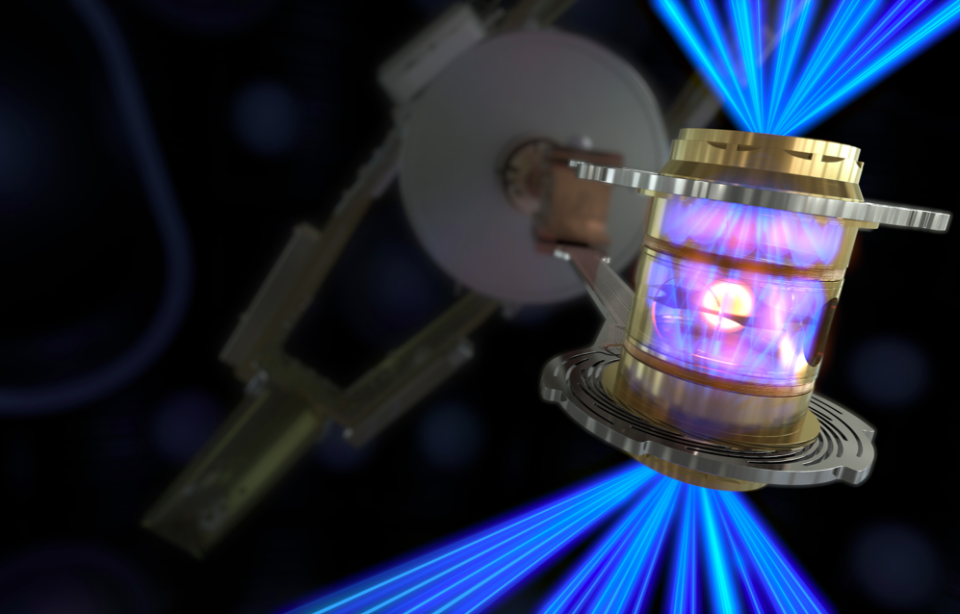“Monumental” nuclear fusion milestone achieved in the U.S.

The U.S. Department of Energy (DOE) made a historic announcement on Tuesday morning: scientists have achieved a net energy gain in a nuclear fusion reaction, meaning that more energy was generated by the process than the amount of energy needed to power the reaction.
The reaction occurred at the DOE’s Lawrence Livermore National Laboratory (LLNL) in California on December 5.
The National Ignition Facility at LLNL is home to the world’s largest and most energetic laser system, consisting of 192 lasers. These lasers targetted a capsule of deuterium-tritium, which is approximately the size of a peppercorn, and heated it to over three million degrees Celsius. This caused a powerful ignition that briefly simulated the conditions of a star.
The energy input for the experiment was 2.05 megajoules of energy, which generated 3.15 MJ of fusion energy output. The net energy gain of over 50 per cent is considered to be a significant accomplishment that indicates the viability of a clean energy resource that is free of emissions or harmful byproducts.

To create fusion ignition, the National Ignition Facility’s laser energy is converted into X-rays inside the hohlraum, which then compress a fuel capsule until it implodes, creating a high temperature, high pressure plasma. (U.S. Department of Energy)
"Ignition allows us to replicate for the first time certain conditions that are only found in the stars and Sun. This milestone moves us one significant step closer to the possibility of zero carbon abundant fusion energy powering our society," U.S. Energy Secretary Jennifer Granholm said in a press conference on Tuesday morning.
Nuclear fusion is the process that keeps the Sun and all other stars shining in the sky. The Sun is a glowing ball of mainly hydrogen and plasma that produces energetic light when the hydrogen atoms crash into each other, releasing helium as a byproduct. Hydrogen is the most abundant element in the universe and deuterium and tritium are isotopes of this element.
The energetic light that is created when the deuterium-tritium fuel is ignited can be picked up by a fluid and used to generate steam that rises and spins a turbine.
Watch below: World's fossil fuel demand expected to plateau in 2025
Unlike other polluting energy sources that release methane and carbon dioxide, helium is the only byproduct of the nuclear fusion process. Fusion is capable of producing much more energy — and does so without radioactive byproducts — than nuclear fission, the process of splitting apart atoms in the nuclear power plants that exist today.
There are numerous hurdles that the industry faces, including the challenges to scale the energy generation to a level where it can be deployed to an energy grid and commercial viability.
“Ignition is the first step, a truly monumental one, that sets the stage for a transformational decade in high-energy-density science and fusion research, and I cannot wait to see where it takes us,” LLNL Director Dr. Kim Budil stated at the press conference.
With files from CNN
The target chamber of LLNL’s National Ignition Facility, where 192 laser beams delivered more than 2 million joules of ultraviolet energy to a tiny fuel pellet to create fusion ignition on Dec. 5, 2022.(U.S. Department of Energy)

